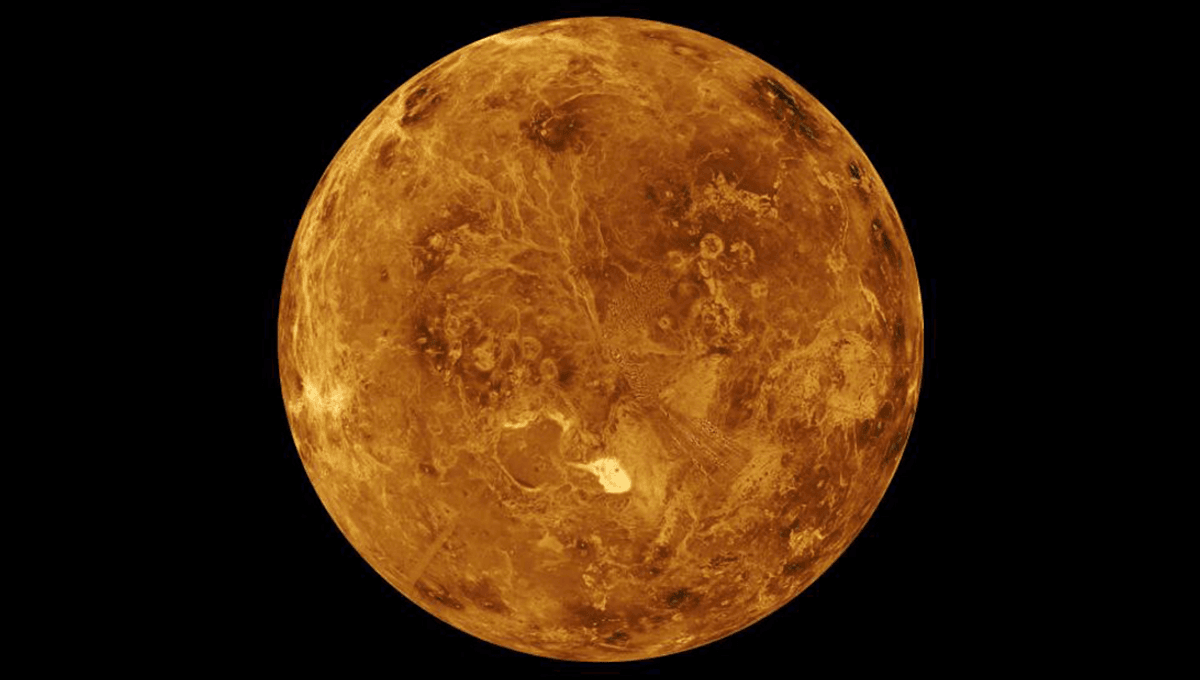
Venus and our closest neighbor Mercury (here’s how that works) are lonely. While Jupiter hogs up at least 95 moons, neither of the innermost planets have a single moon to keep them company in their orbits of the Sun.
Mercury is likely too close to the Sun to hold onto a moon, with any potential moon more likely to crash into Mercury or quickly be pulled out of orbit by the Sun. But it’s a little more of a question as to why Venus captured no moon, or whether it did have a moon at some point before losing it.
Moons can be formed in three ways that we know of. One is capture, which is how scientists believe Neptune came to have its largest moon, Triton.
“[Triton] has a very strange orbit, which led us to hypothesize that it was actually a dwarf planet from the Kuiper Belt, just like Pluto,” NASA planetary scientist Joe Renaud explains in a video. “One day it got too close to Neptune and was captured by Neptune’s gravity.”
Another way is co-formation, where the planet and moon are formed at the same time.
“The Galilean moons of Jupiter are thought to have formed from a giant disk of debris that Jupiter pulled in from the gas and dust that orbited the Sun in the early history of the Solar System,” Renaud added. “The material in that disk would also form those same moonlets that eventually came together to make up the four largest moons of Jupiter: IO, Europa, Ganymede, and Callisto.”
Then there are cataclysmic collisions. The Earth’s Moon was first created 4.5 billion years ago, likely in a collision between planet Theia and Earth which threw off enough material to form it.
Venus, having about 80 percent of the mass of Earth, you might expect to be able to hold onto a moon created by this last method or by co-formation, and it is unclear how Venus would escape from the chaos of the early Solar System.
“Given current theories of Solar System formation, it is unlikely that Venus would have avoided such a large collision,” one team looking at the topic, and trying to explain Venus’s strange rotation, wrote. “Simulations suggest that most large collisions create a disk from which a moon forms. Moreover, the natural outcome is one where the sense of orbital motion and planetary spin are the same, leading to outward tidal evolution.”
The prevailing hypothesis for why Venus has no moon is that it is simply too close to the Sun to hold onto one. However, it has been proposed that Venus was impacted in the early Solar System and the debris would have formed a moon. The moon would have sat in orbit with Venus for a time, slowly spiraling away from it. According to the team, a second impact event could have reversed the spin of Venus, which then sent the moon back down to Venus via tidal forces.
While this might explain Venus’s bizarre spin – being the only planet to spin clockwise, though Uranus does tilt – it’s still far from clear that Venus did have a moon. Further observations of the planet may reveal more in the future, hopefully when NASA’s planned Veritas mission visits the planet in the 2030s.
And don’t feel too bad for Venus, it does have a quasi-moon.
Source Link: Why Doesn't Venus Have Its Own Moon?